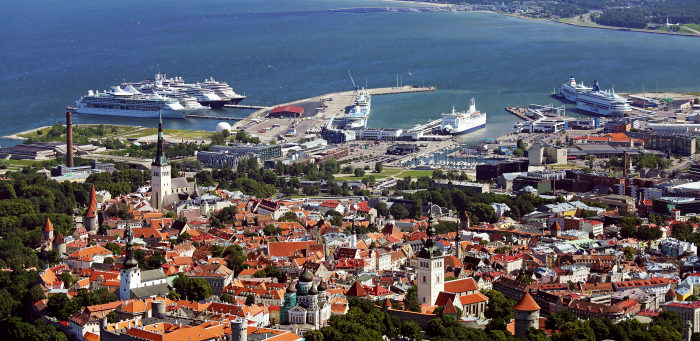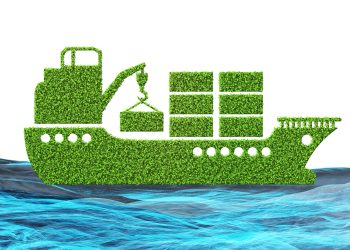The EU has approved a EUR 21.4 million funding for infrastructure upgrade at the Estonian port of Tallinn and Finnish port of Helsinki, together with the City of Helsinki and the passenger ship operators Tallink, Viking Line and Eckerö Line. The funding was secured under the 2017 CEF Transport Blending Call for proposals and the total cost of the planned investments is EUR 71.2 million.
Tallinn-Helsinki line is one of the busiest international passenger-lines in the world, serving nearly nine million passengers per year, while trucks and trailers carry over four million tons of cargo per year, according to Valdo Kalm, CEO of Port of Tallinn.
The flows of traffic and passengers between the two cities have been constantly growing for a decade already. Therefore, the project is crucial for both cargo and passenger flows to ensure the smooth traffic between Helsinki and Tallinn.
The previous two TWIN-PORT projects mainly consisted of building and development of the passenger terminals in Helsinki and Tallinn, opening the Muuga-Vuosaari ro-ro line and bringing a new LNG-fueled ferry ‘MS Megastar’ to serve Tallinn-Helsinki line.
The current TWIN-PORT 3 project will concentrate on reducing the environmental impact of the increasing RoPax traffic while continuing improving the multimodal transport link between Helsinki and Tallinn.
There are several traffic investments planned in connection with the Helsinki West Harbour by improving the transportation system and thus reducing congestion on the last-mile.
With EU support some streets in Helsinki will get new lanes, the tram routes will be improved and a new bridge connecting the harbour area will be constructed. We will build a new multimodal solution close to West Terminal 2 to connect different modes of transport seamlessly with ferries. These investments will have a significant impact to the passenger journey and traffic “smoothness” on the whole Helsinki-Tallinn maritime link,
…explained Ville Haapasaari, CEO of the Port of Helsinki.
Further, auto-mooring and onshore power supply systems will be installed to the Old City Harbour in Tallinn and to the West Harbour in Helsinki to reduce noise and air pollutant in port areas.
The ship operators will retrofit its RoPax ferries to be able to shut down the auxiliary engines while in port, resulting in quiet operations, without vibration or CO2 exhaust gases and air pollutants.
Optimization of the process means a significant reduction of environmental impact. The planned on-shore power and automooring systems will reduce air pollution and noise emissions at the ports, which affects positively mainly the residents and businesses in the port area,
…said Valdo Kalm.
The Port of Tallinn will also upgrade its safety systems and continue constructing sewerages to enlarge the sewage receiving service to all the passenger ships quays.
In addition, Tallink’s vessel ‘MS Megastar’ will be fitted with batteries that will be re-charged during the voyage and give further possibilities to operate the vessel via electricity while berthing.
TWIN-PORT 3 project will involve the period 2018-2023. Largest investments will be made by the Port of Helsinki and the City of Helsinki, EUR 24 million and EUR 27 million respectively. The Port of Tallinn will invest EUR 16 million and the ship operators EUR 4 million in total.
The CEF (Connecting Europe Facility) program is a continuation to TEN-T, where the initial TWIN-PORT project was started. The second follow-up project is called TWIN-PORT 3. The development of the Helsinki-Tallinn maritime link as part of the TEN-T North Sea – Baltic core corridor has a vital importance as it connects the northern parts of Europe with southern TEN-T corridors.






























































